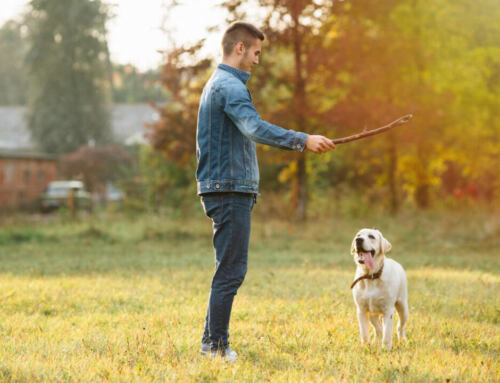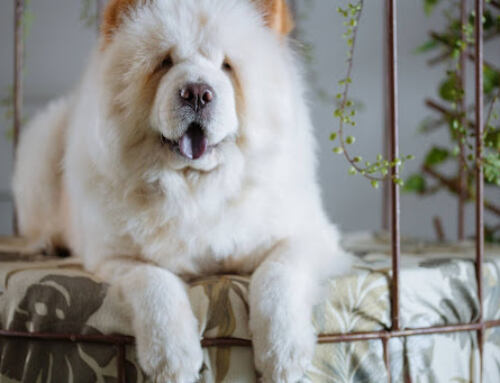Wolf dogs are a type of domestic companion dog that have some wolf genetic material but lack wolf-like characteristics. You shouldn’t be terrified of these dogs, but there are certain things to consider before bringing one into your home. Wolf dogs have incredible strength and could easily hurt a child if they were to get too rough. They are merely more suited to a family with older children, though this in no way diminishes their amiability. Because of their two coats, wolf-type dogs need a lot of attention from their owners in the form of playtime and walks outside.
Before bringing a wolf-dog into your house, it is crucial that you learn about its specific care requirements and lifestyle preferences to ensure its long and happy life. However, any of these wolf dog breeds, would make a fantastic pet if you’re convinced that a wolf hybrid will thrive in your household. From toy to giant (without the evil feature associated with the wolf in popular culture) dog breeds.
Siberian Husky
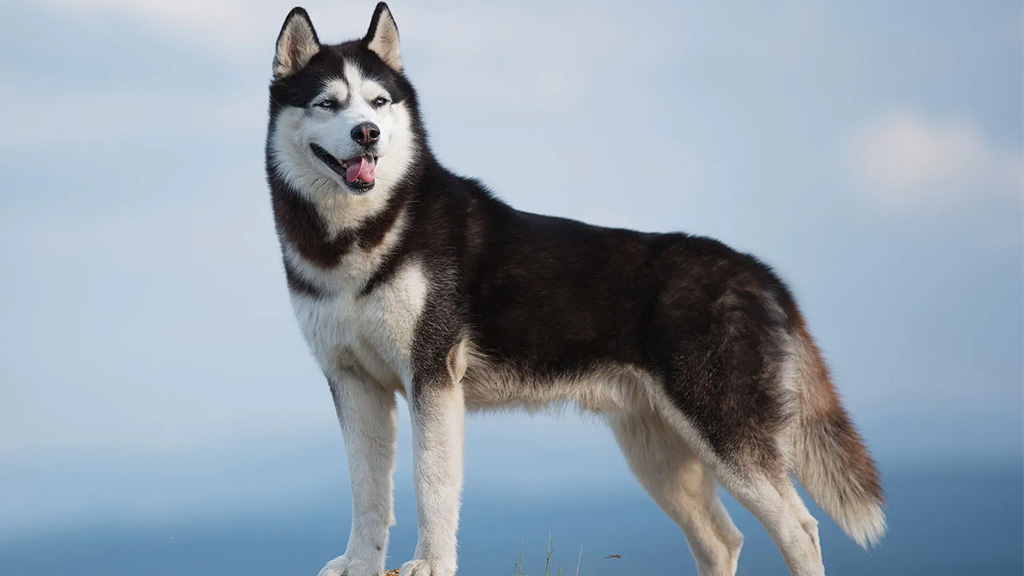
Siberian Huskies are also include in large wolf dog breeds. The Chukchi people of Siberia, Russia, developed a special breed of dog called a Siberian Husky for the purpose of pulling sleds and carrying cargo through the icy tundra. The first All-Alaska Sweepstakes race was run with a team of Siberian Huskies in 1908. The Siberian Huskies proved to be the best breed for the 408-mile race in the cold Alaskan wilderness. They could travel great distances without tiring because they were swift, powerful, and endowed with an exceptional capacity for endurance.
The Siberian Husky has become a popular dog all around the world. Their attractiveness, wit, and friendliness have earned them widespread acclaim. They excel at sled dog racing and other outdoor sports in addition to being beloved family pets. Siberian Huskies have a high hunting drive because of their working dog ancestry, despite their generally sociable and cuddly demeanor. If they aren’t properly trained and exercised, their great energy and urge to run could drive them to escape or run away.
Czechoslovakian Wolf dog

The Czechoslovakian Wolf dog is a highly clever breed of dog that requires a great deal of play time. They require an owner who can meet their demanding requirements but who will also appreciate their extreme loyalty and devotion. This is why these canines tend to struggle in households with toddlers and preschoolers. These dogs were originally bred for the Czech military, but they have since found widespread use as police dogs, military dogs, search and rescue dogs, and more.
The Czechoslovakian Wolf dog looks like a wolf and is quite agile. They average between 24 and 26 inches in height and 44 to 57 lbs, in weight. Their thick double coat requires frequent brushing and makes them notorious shedders. There are three possible color combinations for these dogs: silver and gray, yellow and gray, and plain gray. Before getting a Czechoslovakian Wolf dog, make sure you can devote enough time to training and socializing the dog. They require a patient and understanding owner to bring forth their full potential as a loving companion.
Wolf-Hybrid Dogs
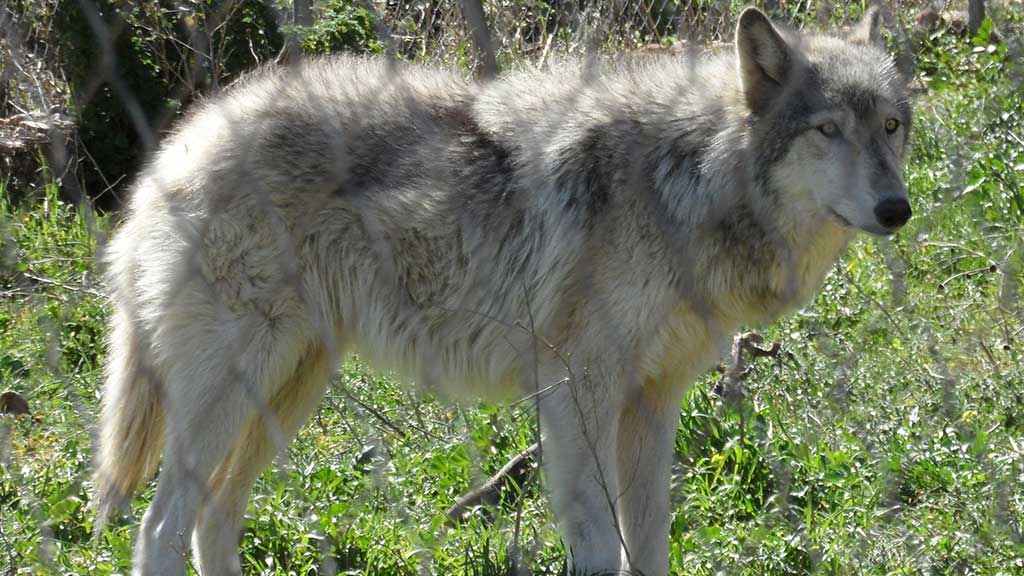
The wolf dog, also known as a wolf dog hybrid breeds, is the result of a mix between a wolf and a domestic dog. Wolf dogs are ideal if you want a canine companion who is as tough as he is smart and as unique as he is rare. Not everyone should get one of these dogs, and in many places they are really illegal. It’s not a good idea to get a wolf dog if you’re a first-time dog owner, live in an apartment, or have young children.
They have to do a lot of physical work in order to shed a lot of weight. They can act erratically at times and shouldn’t be trusted around young children or pets. However, wolf dogs are an excellent alternative if you are an experienced dog owner in need of a powerful canine with increased levels of energy and stamina. This article will help you choose the option that is right for you.
Tamaskan Dog
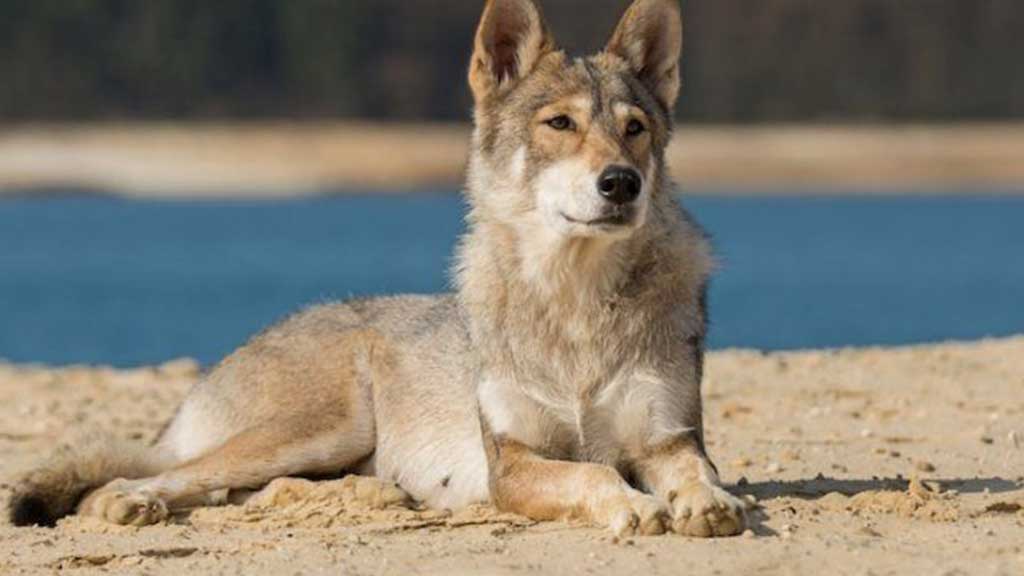
The American Kennel Club only started officially recognizing the Tamaskan breed in 2013. Crosses between Huskies, German Shepherds, and Czechoslovakian wolf dogs lead to their development. With only 600 recognized Tamaskans in the world, they are exceedingly rare due to their recent introduction. They get along well with kids and other animals, are very trainable, and have a high IQ.
However, they also retain some wolf-like tendencies from their wolf ancestors, such as the need for extensive activity and the destructive potential when bored. It’s also not a good idea to leave them alone for extended periods of time.
American Alsatian
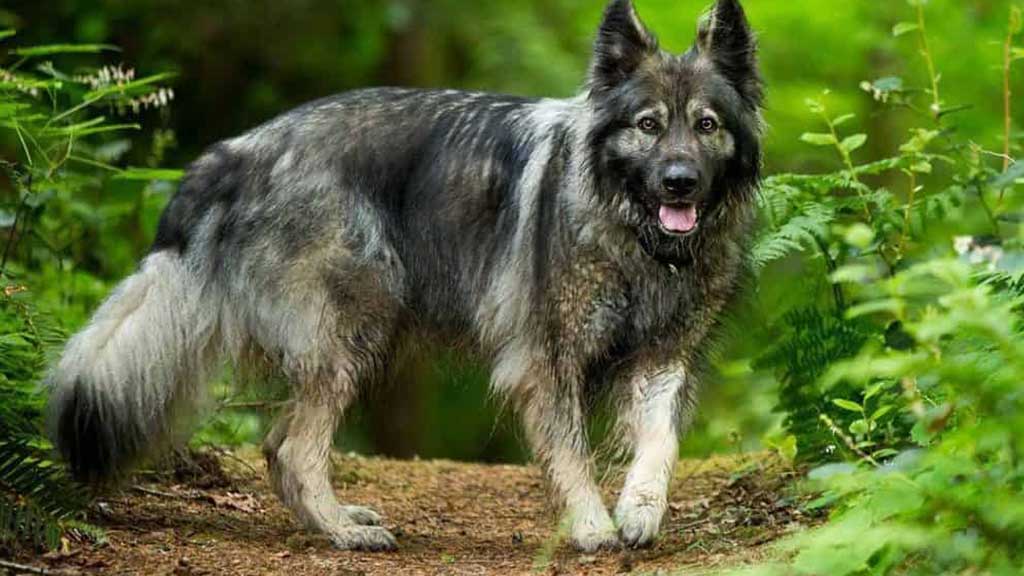
The legendary Dire Wolf, a big predator that once roamed much of prehistoric Europe, inspired the creation of this breed in the 1980s in California. The American Alsatian is a great option for families or anybody looking for a trustworthy and loyal domestic pet because it has been selectively bred for these traits. The American Alsatian is a calm, kind, and clever pet. These incredible wolf canines are extremely amenable to training, making them ideal companions for any occasion. The American Alsatian is your best pet, If you want a dog that is both rare and recognizable.
Samoyed
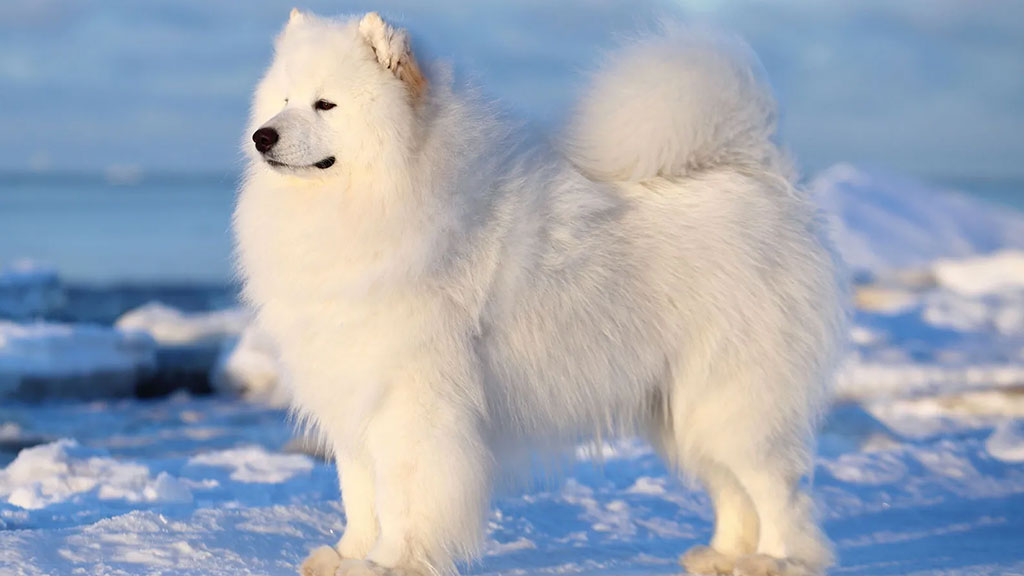
The Samoyed canine hails from Russia. Samoyed dogs were originally bred to herd reindeer, pull sleds, and keep their human companions warm at night. The Samoyed is one of the most affectionate dog breeds despite looking like a white wolf, especially in the face. Keeping the Samoyed trademark fluffy coat in good shape and free of dead hair requires regular brushing. Their friendly nature makes them lousy guard dogs, but their vigilance makes them useful as a watchdog. Sometimes Samoyeds known as “Sammies,” are extremely endearing because of their constant cheerful demeanor. Wild wolves have a reputation for being dangerous, but they are also stunning creatures with rich histories.
Australian Dingo
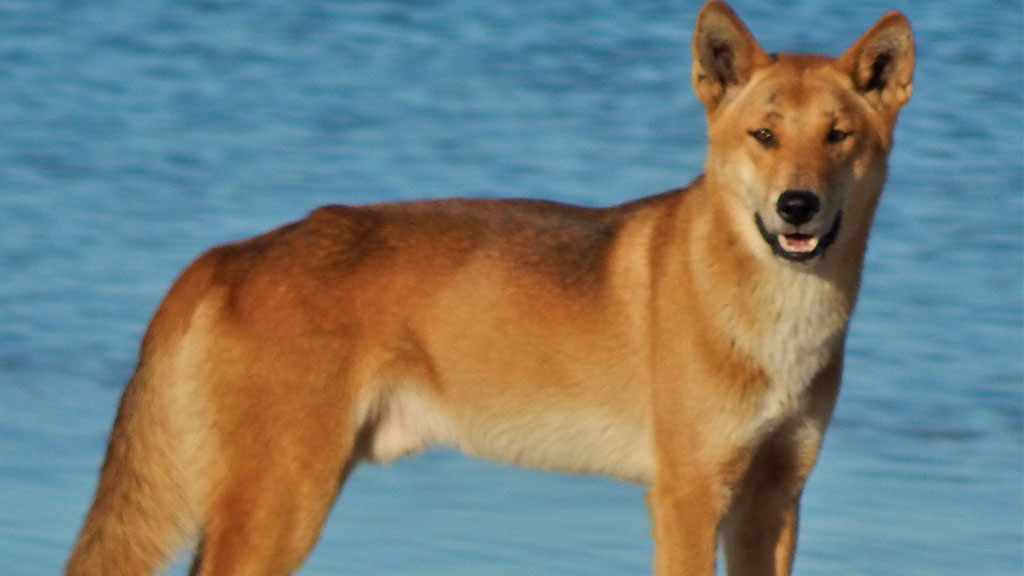
Dingo’s are native to Australia and are sometimes referred to as “dog-shaped wolves.” Dingos may have descended from a combination between wolves and the primitive canines that were brought to Australia from Asia, albeit this is only a theory. In the wild, they congregate in packs and consume both living and dead prey. Despite being wild creatures, they are naturally healthy, athletic, and sturdy canines who make excellent pets due to their friendliness and resilience.
Wolamute (Alaskan Wolf Dog)
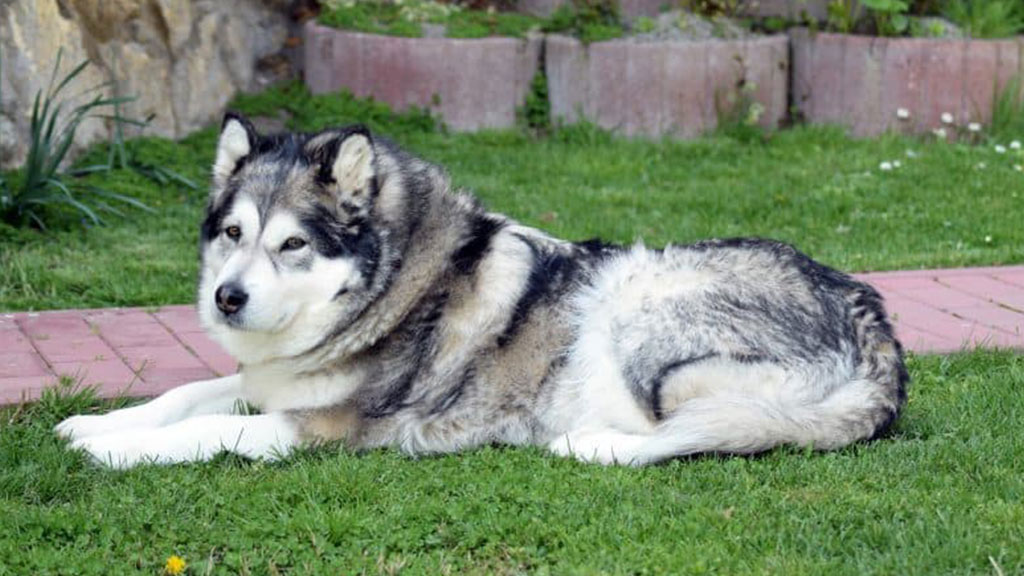
In order to create the wolf-dog hybrid known as the Wolamute, breeders crossed an Alaskan Malamute with a Timber wolf, also called a gray wolf. This dog, which resembles a wolf in appearance and build, is smart, strong, and durable. They’re a novel variety that has so far only been introduced to North America. However, no major kennel association recognizes this breed, and there is no established breed standard for this dog.
Saarloos Wolfdog
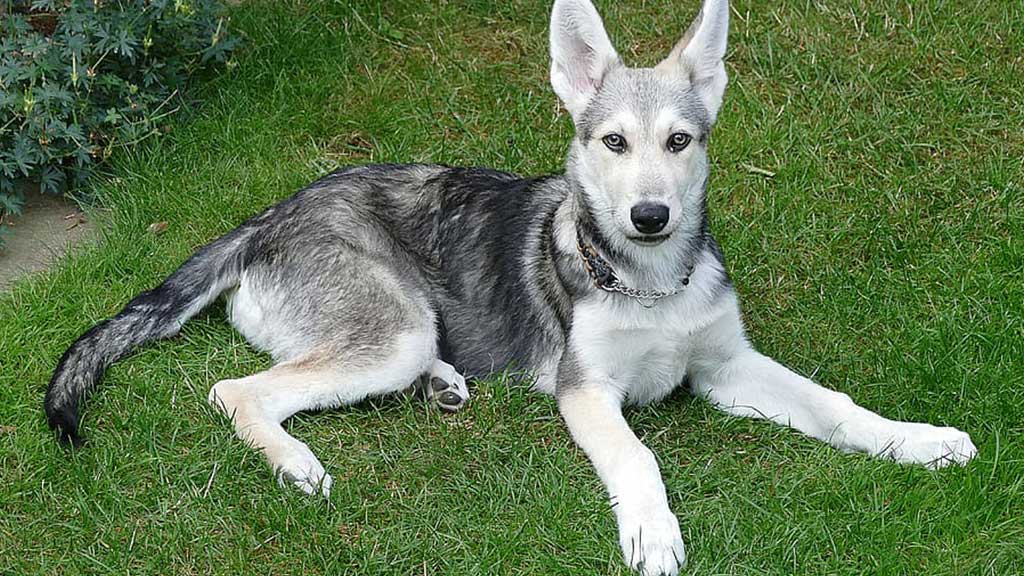
The Sarloos Wolfdog is a modern Dutch breed that emerged in the 1970s. The plan was to breed a dog with features similar to those of wolves. This was accomplished by breeding a German shepherd with a Carpathian Wolf, a subspecies of the Eurasian Grey Wolf, producing a hybrid dog having traits from both breeds. Saarloos Wolf dogs, like German Shepherds, are smart and easy to teach.
However, they also carry over some of the wolf’s more instinctive traits, making them difficult for first-time dog owners to manage. This is why Saarloos Wolf canines are best suited for mature households with canine-savvy owners. Owning a Saarloos Wolf dog hybrid can be difficult, yet satisfying for the right person.
German Shepherd
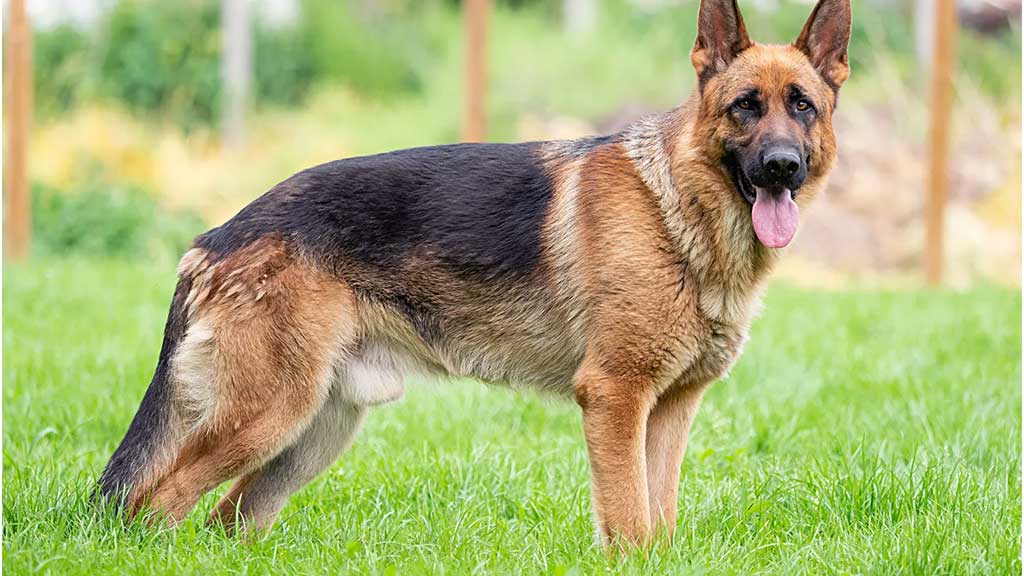
The German shepherd is a popular pet and the third most common breed of dog in the United States. While his usual coat isn’t as varied in color as a wolf’s, he occasionally sports less common hues like blue, white, and black. Because of his wild appearance, trainability, human devotion, and the reactivation of wolf genes, the German shepherd is employed in many wolf crosses.
Long-haired German Shepherds, according to some, resemble wild wolves too closely to be ignored. He’s a high-energy, high-intelligence dog who needs a family who can devote a lot of time to training and playing with him. It is also important to provide this bright youngster with a wide variety of toys and cognitive activities. If you want a dog with the temperament of a wolf, look no further.
Finnish Lapphund
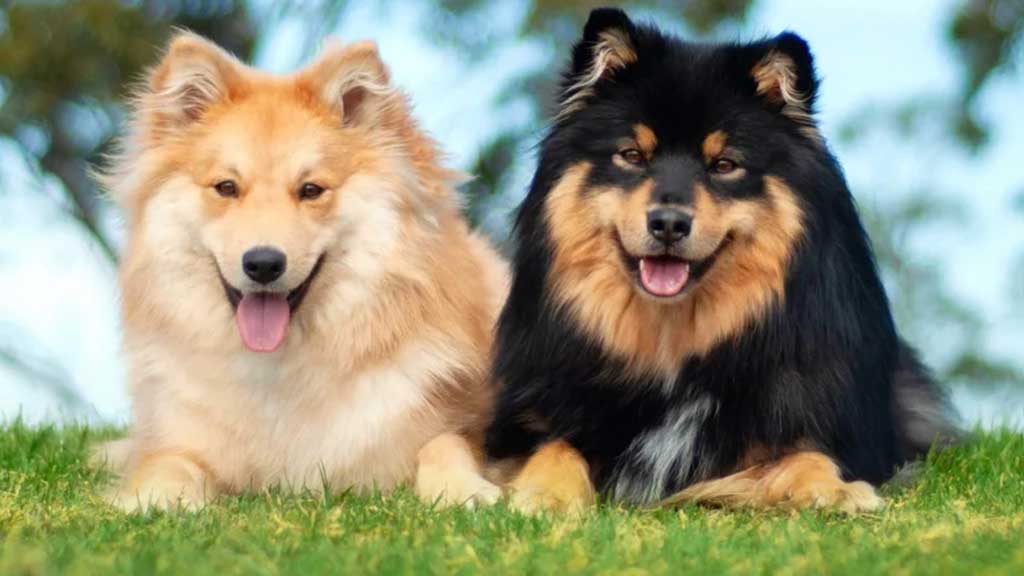
The Finnish Lapphund’s Spitz-like face and fluffy coat immediately identify him as a Nordic breed. He resembles a wolf in both head and coat, however he is somewhat shorter. A remnant of his untamed ancestry is a powerful startle reflex. He may snap if he startsle awake, so tread carefully. Because of his speed and dexterity, he would do very well in an agility competition. This is perfect if you want to demonstrate your dog’s intelligence and obedience. The Finnish Lapphund is a loyal family companion who can be suspicious of strangers. He is shy and would rather spend his time with his family than be the center of attention.
Final Thoughts
Now you know which 11 dog breeds are the most wolf-like in appearance. Be sure to let your neighbors know that you have a new pet dog with a stunning appearance if you decide to bring one of these guys into your home. Keep up with his training and socialization so he doesn’t seem threatening, and reassure them that he’s fine. We do not recommend obtaining a wolf hybrid as a pet, with the exception of the two wolf hybrids on this list, who are no longer true hybrids due to decades of breeding. Instead, marvel at them as they are in their natural habitat with respect and admiration. As he drools and sleeps soundly on your lap, your wolf-like domesticated dog is a sight to behold. The wolf-hybrid, as you can see, is a complicated creature that calls for expert attention and training. Be sure to look through everything that has been written thus far, as this could affect your ability to legally own the animal. When you know the facts, you can decide if a wolf hybrid is the best dog for you.


